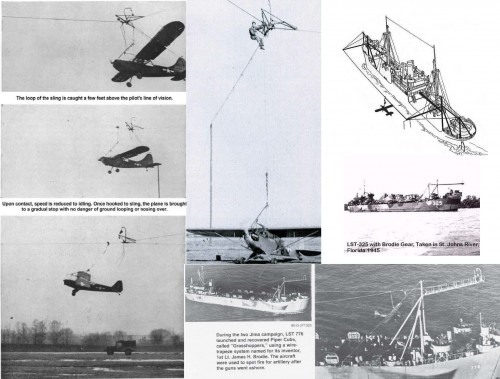Read her thoughts & observations, here.
Annika has been a leader in support of Israel and against Swedish anti-Semitism. Link
Some Chicago Boyz know each other from student days at the University of Chicago. Others are Chicago boys in spirit. The blog name is also intended as a good-humored gesture of admiration for distinguished Chicago School economists and fellow travelers.
When I started writing my “History Friday” columns, one of my objectives was to explore the “military historical narratives” around General Douglas MacArthur, so I could write with a better understanding about the “cancelled by atomic bomb” November 1945 invasion of Japan. Today’s column is focusing on an almost unknown series of Documents called “The Reports of the Pacific Warfare Board,” and in specific reports No. 31 and 50. This professional lack of interest by the academic history community in these reports represents a huge methodological flaw in the current “narratives” about the end of World War 2 in the Pacific. These two reports amplify and expand an earlier column of mine hitting that “flawed narrative” point titled History Friday: Operation Olympic – Something Forgotten & Something Familiar. A column that was about a WW2 “manned UAV” (unmanned air vehicle AKA a drone), an L-5 artillery spotter plane with an early vacuum tube technology broadcast TV camera, pictured below.


These Pacific Warfare Board (PWB) reports have been classified for decades and unlike their more well know, examined by many researchers, and posted on-line European Theater equivalents. Almost nothing from them has made it to the public since their mass declassification in the 1990’s. There are good reasons for that. The National Archive has a 98,000 file, 80 GB finding aide. One that isn’t on-line. Until recently, the only way you can get at archive files like the Pacific Warfare Board Reports is to learn that finding aide and make your own copies using National Archive equipment. This was usually time consuming and cost prohibitive to all but the most determined researchers or hired archivists.
Thanks to the cratering costs USB flash drives and increasing quality of digital cameras built into even moderately priced cell phones over the last few years, this is no longer true. And as a result, the academic history profession is about to have its key institutional research advantage outsourced to hobbyists and bloggers.
Like many another performer who achieved super-star status by performing before audiences in California, this 19th century starring player arrived from somewhere else – in this case, New York. Her parents had emigrated from the British Isles sometime in the 1840s; her father had a trade as a bookseller, by which one can surmise a degree of literacy and interest in the wider culture. John Ashworth and Mary Ann Livesey Crabtree named their baby daughter Charlotte Mignon, when they were blessed with a little shoot on the family tree in 1847.
In 1913-14 former president Theodore Roosevelt embarked on an exploratory expedition into the Brazilian wilderness. The expedition was beset by serious difficulties and Roosevelt almost died. The literary fruit of this ordeal was Roosevelt’s book Through the Brazilian Wilderness (1914). I am currently reading it and I recommend it highly.
